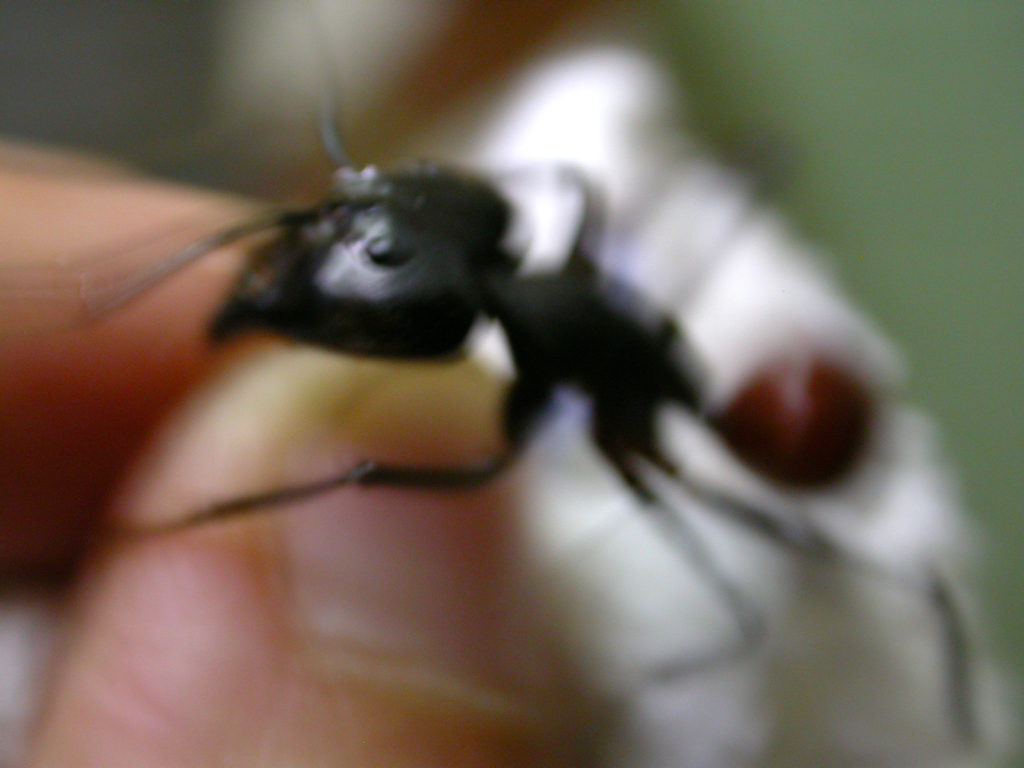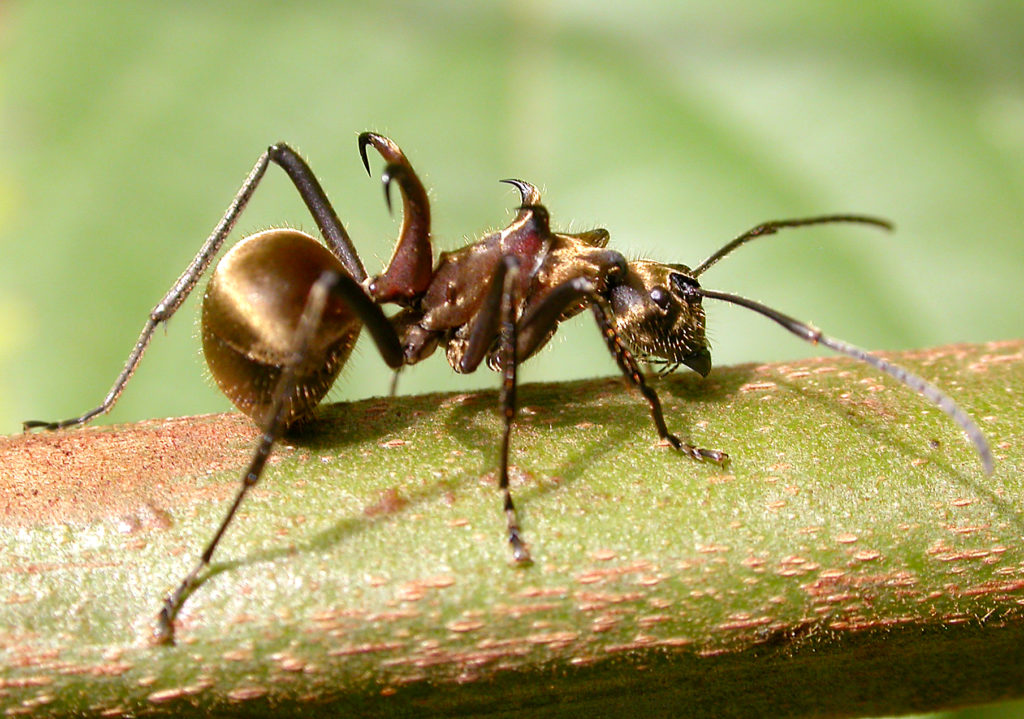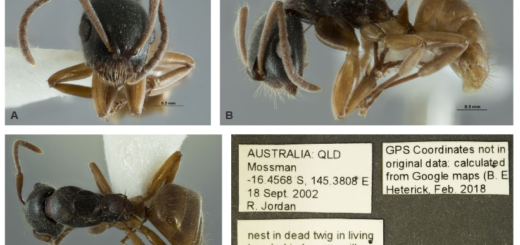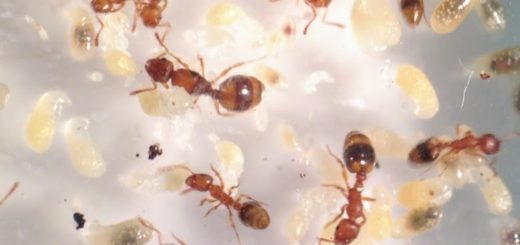Altered embryogenesis allows developmental integration of the endosymbiont Blochmannia into its ant hosts
In the recently published article “Origin and elaboration of a major evolutionary transition in individuality” in Nature, A. Matteen Rafiqi, Arjuna Rajakumar, and Ehab Abouheif explore potential preadaptations for the coevolution of the hyperdiverse Camponitini ants with their endosymbiotic Blochmannia bacteria – preadaptations in both the ants and the bacteria. Here, Heike Feldhaar highlights their main points.
A Review by Heike Feldhaar

Many insects harbour obligate endosymbiotic bacteria in specialized cells in their body cavity. Such endosymbiotic bacteria have been shown to contribute to host fitness by providing nutrients otherwise lacking in the insects’ food. Ants of the hyperdiverse tribe Camponotini house the endosymbiotic bacterium Blochmannia. In spite of its strongly reduced genome, Blochmannia is able to synthesize most of the amino acids essential to the ant host and thus play a role in nutritional upgrading for their hosts. Camponotini may thus thrive on unbalanced diets, and Blochmannia seems to have contributed to their ecological and evolutionary success. In the ant host, Blochmannia is harboured in specialized cells in the midgut tissue and in the ovaries to ensure vertical transmission to the offspring via the germline. The ancestor of Blochmannia was most likely horizontally transferred from plant-sap sucking hemipterans to the ants.
While the genomes of many endosymbionts have been sequenced and their functions for the host have been established, the early steps of the evolution of the symbiotic association have largely remained a black box. In their recent publication in Nature A. Matteen Rafiqi, Arjuna Rajakumar, and Ehab Abouheif shed light on how Blochmannia endosymbionts are integrated into their ant hosts of the hyperdiverse ant tribe Camponotini during embryonic development.

Rafiqi et al. show that embryogenesis in ants of the tribe Camponotini is radically altered even in comparison with other formicine ants auch as Lasius niger. In ants other than camponotines, the germplasm, a maternally inherited region of the cytoplasm that is concentrated at the posterior end of oocytes and freshly laid eggs, specifies the germline early in embryogenesis and determines the posterior pole of the egg where the embryo develops. In contrast, in camponotines, the embryo forms in the anterior part of the egg, and the germplasm is divided into four distinct zones in the egg with altered expression of Hox genes, especially AbdominalA (abdA) and Ultrabithroax (Ubx) already during these early developmental stages.
Two of the four zones are related to the endosymbiont Blochmannia – one zone segregates bacteria into later stage bacteriocytes in the midgut tissue and a second zone into a newly evolved ”germline capsule” that ensures cotransmission of Blochmannia with the germline. This zone seems to be equivalent to the germplasm of other ants. The other two zones play a role on patterning of the embryo, and one of them connects the Blochmannia of the first zone with the embryo. Fascinatingly, there is cross-talk between Blochmannia and the ant embryo: Only when the bacterium is present, the four zones are maintained and are functionally distinct. The endosymbiont seems to be able to regulate germline genes through the host Hox genes abdA and Ubx!
Based on the reconstruction of ancestral characters, Rafiqi et al. can show that a shift of the embryo to an anterior position and likewise the capacity to localize mRNAs and proteins to novel zones in the embryo pre-date the symbiosis of Blochmannia and camponotines as this is found throughout the Formicini. This pre-existing capacity was then likely co-opted by Blochmannia, and the endosymbiont gained the ability to regulate ant germline genes through the re-wiring of abdA and Ubx. So, in spite of its reduced genome, Blochmannia actively interacts with its host to facilitate developmental integration!
In short: the endosymbiotic bacteria were most likely pre-adapted for cross-talk with genes important in early host development due to their coevolution with (trophobiotic) Hemiptera, and the host was pre-adapted to harbouring bacteria and determining special zones allowing division of labour within the egg cell.
Great piece of work –enjoy reading it!






Recent Comments